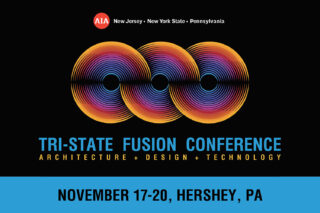Global refugee crises have been prominent topics in the media, filling our news feeds with mostly tragic stories of fleeing families caught between various places, homeless, and often in dire, if not fatal, circumstances. The United Nations claims that this has become the worst migration crisis since World War II, with over 60 million people displaced (approximately one-fifth the population of the United States). The majority of these include “internally displaced” people who have been forced from their homes but have not left their native countries.
This situation puts enormous pressure on governments around the world who are unable, or unwilling, to support the influx of displaced people. The sense of belonging to a society is strained as refugees experience exclusion from their new social structures by being categorized only as “refugee.” A sense of belonging and sense of place are inherently lost.
Discourses among the creative field of architecture and design have emerged to find opportunities for solutions through planning, mapping, shelter, and community understanding. These efforts seek to transition refugees into a realm of permanent citizenship. While people often adapt to their surroundings, they still require fundamental infrastructures to integrate.
This program on the refugee crisis addresses cultural and architectural implications of relocation and resettlement for displaced populations. We will explore location-specific solutions in architecture and discuss alternative solutions to the wider viability of current governmental strategies. One project to be featured is by New York architect Esin Pektas, co-founder of We Are All Neighbors, which funded and built a disaster relief and community center for Syrian refugees in the small city of Urfa, Sanliufa, near the Syrian border with Turkey. The project is helping transition refugees to a new life, providing a cultural center for job training, therapy, shelter, and connection.
Speakers:
Saskia Blume, Child Protection Specialist, Migration, UNICEF
Brandon Fuller, Chairperson of Refugee Cities, Deputy Director, Marron Institute of Urban Management, New York University
Esin Pektas, AIA, Founder and Architect, We Are All Neighbors
Rahul Mehrotra, Principal, RMA Architects; Professor of Urban Design and Planning, Harvard Graduate School of Design
Moderator: Sean Anderson, Associate Curator, Department of Architecture and Design, Museum of Modern Art

